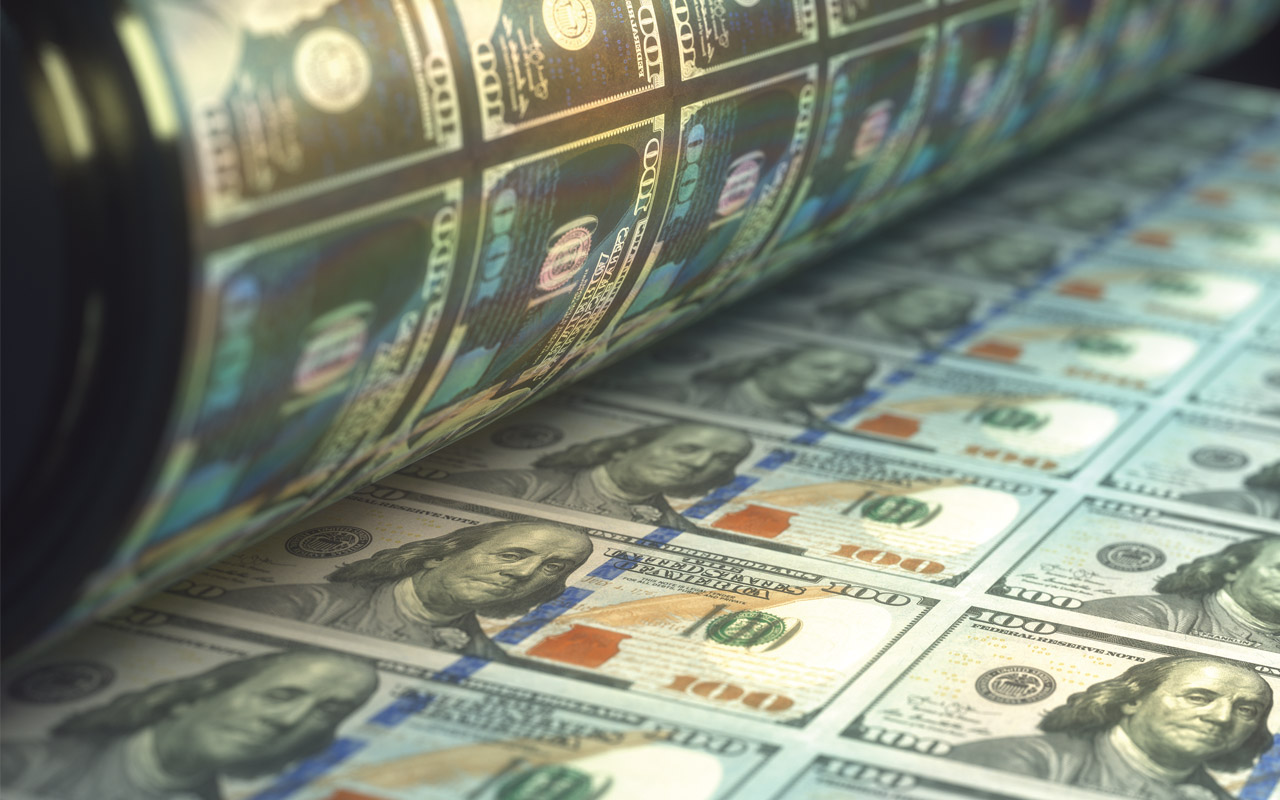The history of money is the development over time of systems for the exchange, storage, and measurement of wealth. Money is a means of fulfilling these functions indirectly and in general rather than directly, as with barter.[1] Money may take a physical form as in coins and notes, or may exist as a written or electronic account. It may have intrinsic value (commodity money), or be legally exchangeable for something with intrinsic value (representative money), or only have nominal value (fiat money). Money was invented before written history began. Consequently, any story of how money first developed is mostly based on conjecture and logical inference.[2]
There are many theories about the origin of money, in part because money has many functions: It facilitates exchange as a measure of value; it brings diverse societies together by enabling gift-giving and reciprocity; it perpetuates social hierarchies; and finally, it is a medium of state power.[3] It’s hard to accurately date interactions involving currency of various kinds, but evidence suggests they emerged from gift exchanges and debt repayments.[4] Money became an instrument of political control. Taxes could be extracted to support the elite and armies could be raised. However, money could also act as a stabilizing force that fostered nonviolent exchanges of goods, information and services within and between groups.[5]
Objects that occurred rarely in nature and whose circulation could be efficiently controlled emerged as units of value for interactions and exchange. These included shells such as mother-of-pearl that were widely circulated in the Americas and cowrie shells that were used in Africa, Europe, Asia and Australia.[6] Native copper, meteorites or native iron, obsidian, amber, beads, copper, gold, silver and lead ingots have variously served as currency. People even used live animals such as cows until relatively recent times as a form of currency.[7]
We have come a long way from using cowrie shells as currency. Money is now a complex medium of exchange. What’s more, the history of money continues to evolve in our times. In recent years, for instance, only as far back as 2014, Barclaycard introduced the idea of wearable contactless wristbands.[8] During the same year, iPhone users were given a new digital option called Apple Pay which worked like a virtual wallet to allow them to buy things directly with their mobile phone. No doubt many more innovations, ranging from apps to devices to new forms of money, will occur before the end of this second decade of the 21st century.[9]
The History of Money
9000 B.C. Bartering starts in Egypt
1200 B.C. Cowrie shells are used as money
1100 B.C. Rounded coins are used in China
600 B.C. The first official currency is minted in Lydia
1100 The tally stick is used in England to cover taxes
1190 Paper money is introduced in Europe based on a Chinese invention
1250 The Florin from Florence is used for international commerce
1650 The Wampum becomes the official currency in Massachusetts Bay Colony
1661 The first banknotes are issued
1792 The US dollar is issued
1848 The gold rush begins and leads to the Gold Standard Act
1860 Western Union starts electronic fund transfer via telegram
1861 Civil war money is issued
1913 The Federal Reserve is created
1929 The Great Depression begins
1946 The first charge card is invented.
1971 The gold standard is abolished.
1999 Mobile banking and online banking begins
2002 The Euro is issued
2008 Contactless payment cards are issued, and Bitcoin starts cryptocurrency[10]
At Ironcrest Capital Management, we strive to make sure that everyone we work with has a strong understanding of their investments. Having a good approach and focus on the most important factors before investing is key. Our goal is to help you make the right decisions. If your current investing approach isn’t working, reach out to us so we can help.







